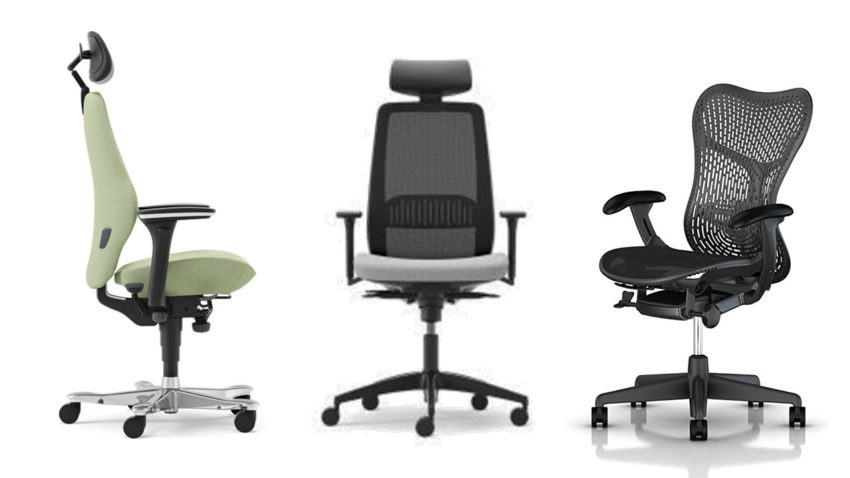Office Posture and Ergonomics During Screen Work

Screen work now extends beyond traditional offices, affecting both our professional and private lives. With teleworking a widespread reality, physical discomfort and musculoskeletal disorders related to screen habits are becoming increasingly common.
These videos offer practical guidance on workplace ergonomics—how to sit, adjust your chair, or optimize your screen. They are part of the broader ErgOHListic Method shared by Olivier Girard.
If you find them helpful, explore more on his YouTube channel.
How to sit correctly at a workplace
Every sustainable posture follows the 3+1 Rules of Posture within the ErgOHListic Method. These rules help reduce physical strain and improve postural health over time.
- Avoid slumped, hollow, or twisted back shapes—these create cumulative overload. Instead, aim for a soft, flat back, especially during prolonged or repetitive screen tasks.
- Let the neck remain relaxed and avoid tilting it forward.
- Build your posture from the ground up, starting with stable feet and resting the pelvis fully into the lumbar support.
When working at a screen, sit on the sitting bones with your pelvis gently shifted back until it rests against the lumbar support. This stabilizes your base without needing muscular effort and aligns with Rule 1 of the ErgOHListic Method – To do so, your heels must rest firmly on the floor (or on a footrest)
We do not recommend using unstable supports like Swiss balls for extended screen work, as they compromise mobility and posture support
Rule 2 requires you to place your mouse and keyboard just below your fingers when your elbows are at your side. The top of your screen should be just below the line of sight, slightly tilted towards you.
If your neck bends more than 20° (e.g. laptop), we recommend using a detachable keyboard and mouse, while keeping your monitor raised.
These posture techniques are a core part of our occupational health training programs, designed to reduce fatigue and enhance productivity.

In this video, Olivier explains what you can do to improve your desk setup when using your laptop, whether at home or in the office.
Managing Musculoskeletal Disorders through Strategic Work Breaks
Even a good ergonomic setup can’t compensate for static behavior. To maintain well-being and prevent fatigue, it helps to interrupt screen work every 30 minutes. Whether you take a real break (grab a coffee) or remain productive (stand up during a call), movement matters.
The relaxation exercise illustrated below should be practiced as often as possible to relax the muscles, decompress the joints and facilitate oxygenation of the tissues. These pauses are not wasted time—they support your recovery and help reduce cumulative strain on joints and muscles.
The relaxation exercise in the video below should be practiced as often as possible to relax the muscles, decompress the joints and facilitate oxygenation of the tissues.
Our Commitment
The ErgOHListic Method provides you with a complete strategy to reduce pain, improve posture, and increase body awareness. By integrating these practices into your daily routine, you cultivate sustainable well-being.
It is possible to live better with less pain, provided we observe our body closely and respect its natural functioning.
Want to go further?
Book an ergonomic assessment or training session tailored to your organization’s needs, and join the growing community building healthier workplaces with the ErgOHListic Method
Office Posture and Ergonomics During Screen Work
Screen work now extends beyond traditional offices, affecting both our professional and private lives. With teleworking a widespread reality, physical discomfort and musculoskeletal disorders related to screen habits are becoming increasingly common. These videos offer practical guidance on workplace ergonomics—how to sit, adjust your chair, or optimize your screen. They are part of the broader…

 Français
Français











